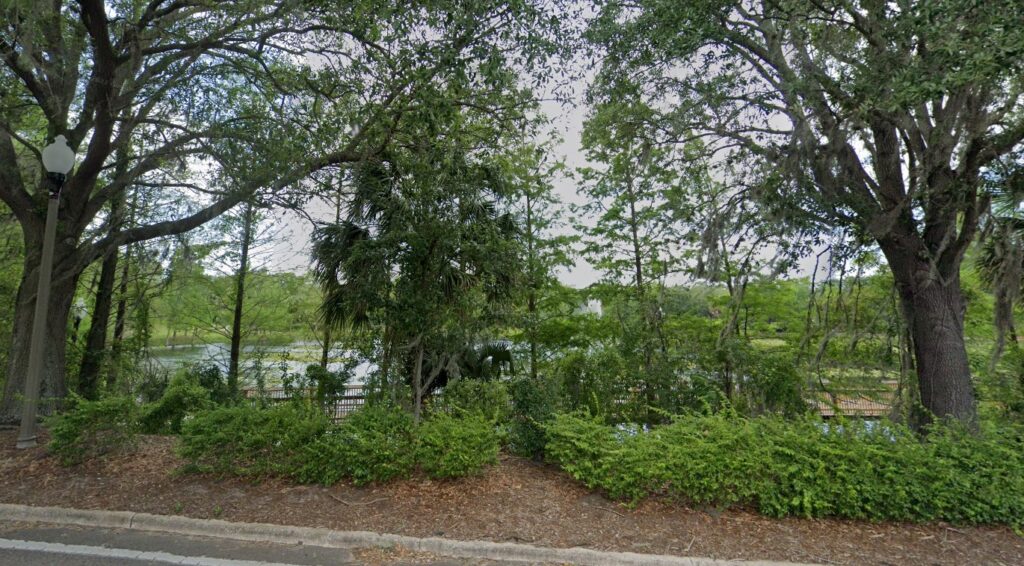
In the days before railroads penetrated the forest, let’s call it 1859, only a few scattered families braved living in frontier Orange and Seminole County. Back then, along the lonely Orlando-Mellonville Road, not a single house could be found between Orlando and Fort Reid (two miles south of Sanford’s Lake Monroe Wharf).
A man named John lived with his wife and children south of Orlando near old Fort Gatlin on Lake Conway. John hunted, fished, and took whatever odd jobs he could find. The family plowed some land and set out a crop of sweet potatoes. His wife and children cared for a large flock of chickens.
Once the chickens were ready for market, John piled them on the back of his ox-pulled wagon. He bound the coops to the wagon with rawhide straps and started the journey to take them to be sold. In those days, Orlando was just a speck of a town. The closest poultry market was in what is now Sanford. John left on the day-long trip to the Orange House in Fort Reid before sunrise.
Wayfarers recognized the ruins of Fort Maitland as the halfway point and aimed to get there by lunch. It was late in the spring; the day was sweltering, the road incredibly dusty, and John’s oxen team were beyond tired.
John intended to lead them down a gentle slope to rest and water under the shade trees of Lake Lily while he coal-grilled a cow rib or venison chop. Seeing the cool, round pool of the lake, the oxen got excited. John pulled feverishly on the ropes attached to their horns and cracked his whip. “Woa-haw!” he exclaimed, but the oxen gave him no response.
Onward they charged toward the water and the deceptively steep bank of the pond’s northeastern shore. Ox and wagon plunged from the densely-forested cliff and into the deep water. The chickens cackled, but the clumsy oxen were past the point of no return. The wagon was submerged, the axle broken, and most of his animals were lost. John barely escaped drowning himself.
He pulled himself up the embankment, rattled, drenched, tired, and frustrated. He made his way back on foot or perhaps hitched a ride with the occasional passerby.
For decades after that tragedy, Lake Lily was known as “John’s Hole” after his grave misfortune.





